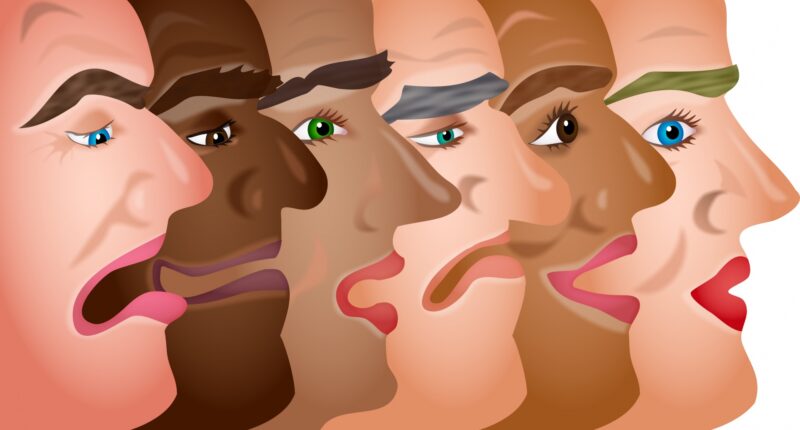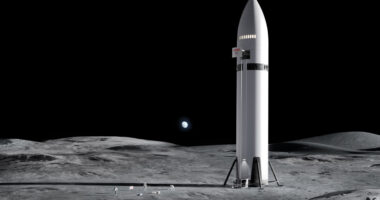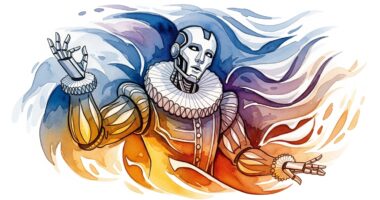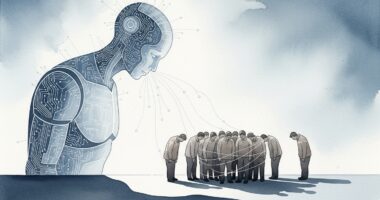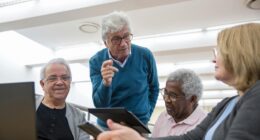People with extraordinary face recognition abilities automatically select the most informative facial features to examine, as eye tracking technology reveals that super-recognisers succeed through the quality rather than the quantity of visual information.
Cognitive scientists at UNSW Sydney measured where and for how long 37 super-recognisers looked when examining photos of faces on a computer screen, comparing their patterns to 68 people with average facial recognition abilities. The findings were published in the journal Proceedings of the Royal Society B: Biological Sciences.
“Super-recognisers don’t just look harder, they look smarter. They choose the most useful parts of a face to take in,” says Dr James Dunn, lead author on the research.
The researchers recreated what people in both groups had looked at using tracking software, then fed the information into nine different neural networks already trained to recognise faces. These AI networks were given the same task as human participants, to decide whether two faces belonged to the same person.
When researchers compared AI performance in matching faces based on the eye tracking patterns of super-recognisers against those of average recognisers, they found a clear difference. Even when the total amount of information was identical, AI fed with super-recogniser data proved more accurate at matching faces than AI fed with average recognisers’ data.
Previous research shows super-recognisers make more fixations and explore faces more broadly. The new findings reveal that even when controlling for the fact that they’ve looked at more parts of the face, what they examine is also more valuable for identifying people.
Something else in the brain
People with average face recognition abilities cannot learn from super-recognisers to never forget a face, Dr Dunn explains, as something else occurs in the brain when processing the information; it’s not merely about where and what to look at.
“Their skill isn’t something you can learn like a trick. It’s an automatic, dynamic way of picking up what makes each face unique,” says Dr Dunn.
When AI is used for real-world facial recognition, such as eGates systems at airports, its processors examine every pixel simultaneously, rather than focusing on only parts of the face, as humans do. In very controlled situations with stable lighting, fixed distances and high-quality images matched to standardised photos, AI exceeds what any human can do, according to Dr Dunn.
However, when conditions are less ideal, humans can still hold an advantage, especially with people they know well, because they bring context and familiarity to the task. That gap is narrowing as AI evolves, the researchers note.
The study offers insights into human visual expertise and could inspire improvements in facial recognition technology, demonstrating that face recognition skill starts with how people look, with the way they explore a face shaping what they learn about it.
